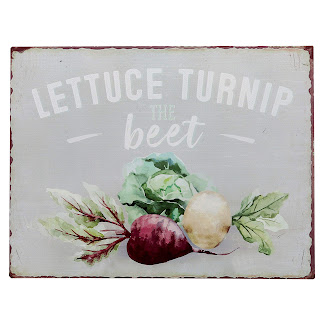Tupperware’s Rise and Fall: A Lesson in Innovation and Brand Protection
According to a recent Bloomberg report, Tupperware—yes, that iconic brand many of us grew up with—is expected to declare bankruptcy this week. It’s a shocking turn of events for a company that revolutionized food storage with its airtight plastic containers back in the 1940s.
So what went wrong?
As an IP attorney, I often see how critical it is for businesses to not only innovate but also protect their brand identity. Tupperware's story is a perfect example of what happens when a company fails to do both.
Tupperware didn’t just rely on great products. The company became famous for its unique "housewife-to-housewife" sales model. Those home parties were a massive hit from the 1940s through the 1990s, helping the brand build a loyal customer base. Interestingly, when the products hit supermarket shelves in the 1950s, sales actually dropped. So, they brought back the home parties—and sales skyrocketed again. The lesson here is clear: innovation doesn’t stop at product development; it's also about how you sell and engage with your audience.
But while Tupperware thrived on its unique selling model, it failed to keep up with design innovation. Today, the company has no active industrial designs in the EU, and the appearance of its products is no longer seen as groundbreaking. In a market where innovation is everything, that’s a huge miss.
The biggest misstep? Letting the Tupperware name become generic. It’s a classic case of a brand becoming so well-known that its name is used to describe any plastic container, not just their specific product. Other companies like Hoover (for vacuum cleaners) and Sellotape faced similar challenges, but some managed to maintain their distinctiveness. Once a brand name becomes a common term, it loses its trademark protection—and its uniqueness.
The lesson?
Innovate and protect.
Never stop evolving, and always stay vigilant about safeguarding your intellectual property. Tupperware’s fall serves as a cautionary tale: even the most iconic brands can fade if they don’t adapt and protect what makes them unique.



Comments
Post a Comment